Move, Breathe, Meditate: AYA Helps Renew Body, Mind and Spirit
AYA Launches New Mindfulness Feature We are excited to announce that AYA Walk is launching a new mindfulness feature in May! Now, on top of counting...
3 min read
![]() AYA Walk Team
:
Wed, Mar 27, 2024
AYA Walk Team
:
Wed, Mar 27, 2024
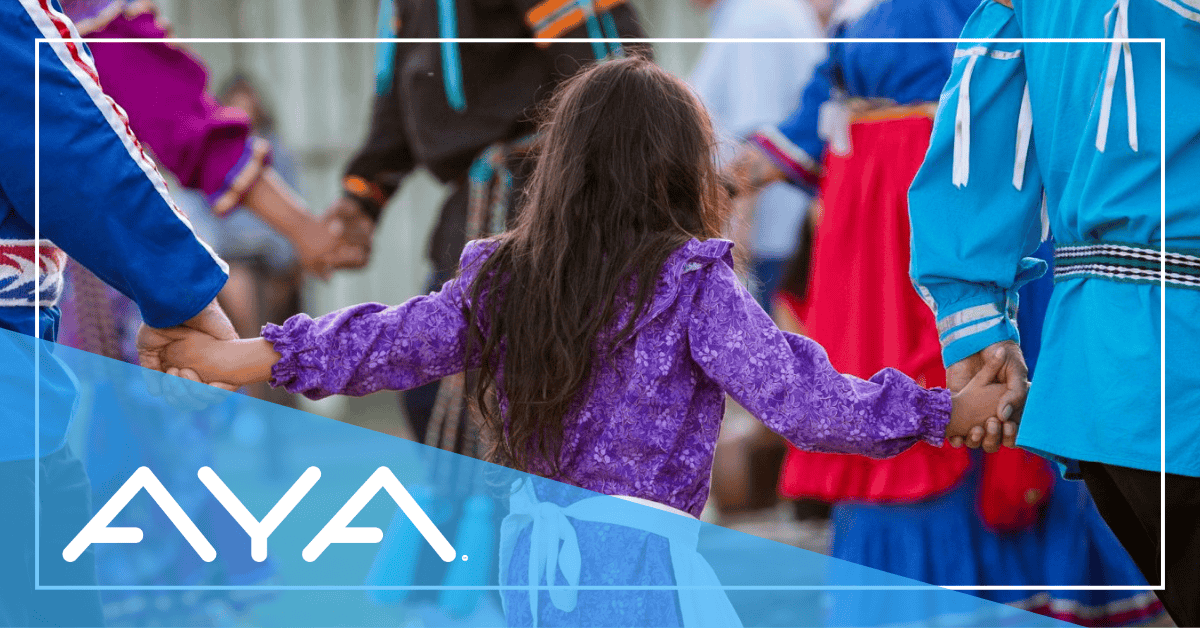
Dance is an essential part of Chickasaw tradition. Stomp dances were part of Chickasaws’ ceremonies to gather, give thanks, pray and renew themselves for tasks ahead. Apart from the obvious physical benefits of the dance itself, participating in this rich Chickasaw tradition benefits you in many other ways.
Historically, dances were when people gathered to pray, purify themselves and celebrate. Dances were held around a sacred fire in the middle of the village. The social and stomp dances were opportunities for the dancers to offer their prayers to the Creator and have the smoke from the central fire carry those prayers upward.
The tikbayka (lead singer) led the dancers in the song and movement to pray, give thanks, honor the sacredness of all creation and celebrate the gifts of the Creator.
The women dancers wore loksi' shaali (turtle shakers) around their ankles to keep the rhythm of the dance.
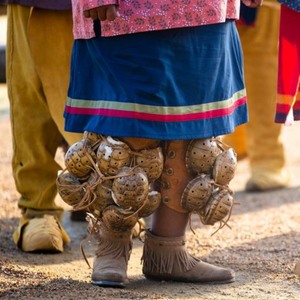
There were social dance songs and stomp dance songs. The social dance songs were primarily for gathering the community and celebrating together. The stomp dance songs were usually associated with particular ceremonies, like the Green Corn Ceremony. Many of the songs and dances were shared among most of the Southeastern tribes.
One dance song believed to be uniquely Chickasaw is the nani' kallo' hilha' (hard fish or garfish) song. This song honors the garfish that was often used for food. Songs about animals were meant to give thanks for and honor the animals, which were important to the clans and for the people's sustenance.
Nani' kallo' sipokni' (Old garfish)
Amimpa cholana (My good food)
Chiowwatala'chi (I will hunt you)
Chiapala'chi (I will eat you)
Chinoti (Your teeth)
Ishtkallila 'chi (I will use for scratching)
Nani' kallo' sipokni' (Old garfish)
Dances, then, are physically active and spiritually centering. Participating in Chickasaw dance traditions is a way to connect with Chickasaw culture and to benefit physically and spiritually. AYA users connect with these traditions as the partners tell their stories of participating in dances. Even though you are not participating in the dance itself, by walking with AYA and hearing the stories about the dances, you can benefit both physically and spiritually.
Speaking Chikashshanompa' (Chickasaw language) can also positively affect health. Several studies over the past two decades show that speaking one’s Indigenous language can improve physical, mental and spiritual health. An article in The Lancet from 2009 says, “Language is crucial to identity, health, and relations. It is especially important as a link to spirituality, an essential component of Indigenous health … Language revitalisation [sic.] can be seen, therefore, as a health promotion strategy” (King, Smith, & Gracey, 2009).
Chickasaw words, prayers and songs unlocked in AYA are links to Chickasaw culture and spirituality. By listening to these resources and learning even a few phrases of Chickasaw, you are connecting to the emotional and spiritual power of Chickasaw culture. This cultural connection will impact you mentally, emotionally and spiritually, which helps you be physically healthier as well.
Chickasaws and others who know even some Chickasaw words help to keep the language alive. Chickasaw culture continues to live, thrive and strengthen Chickasaws and the whole of society as long as our language survives to express what it means to be Chickasaw. The features in AYA that help users learn Chikashshanompa' keep our language, our culture and our bodies and souls vital and healthier. This is another way the Chickasaw Nation has invested in the health and well-being of Chickasaws everywhere.
If you are not an AYA user, download the app and start walking with us today. If you are already an AYA user, be sure you are getting the most out of your fitness journey with us by using all the features in the app. You can find out about all AYA’s features and answer questions about how the app works by visiting AYAWalk.com.
Be sure to subscribe to our newsletter to stay updated with the latest additions and features on the app and exciting challenges within the AYA community. Be part of a growing network of individuals dedicated to their fitness journey and exploring Chickasaw culture.
Make your fitness journey more successful by walking every day with AYA.
Anowa chipisala'cho (until we meet again),
- The AYA Walk Team
References
King, M., Smith, A., & Gracey, M. (2009). Indigenous health part 2: the underlying causes of the health gap. The Lancet, 374, 76-85.
The AYA Walk App is a one-of-a-kind step counter that offers an exciting way to discover captivating narratives as you go about your daily routine.
The word "AYA" originates from the Chickasaw language and signifies "to go; to journey." As you take steps towards improving your fitness, AYA Walk accompanies you on this adventure, guiding you through time and unlocking stories from the past.
Along the way, you will stumble upon hidden treasures rooted in Chickasaw heritage, discover historical paths that unveil the secrets of the past, and have the chance to listen to stories about significant cultural landmarks.
AYA Walk celebrates more than just physical well-being; it also fosters a renewed connection to a healthier lifestyle. By engaging with this innovative step tracker, you'll improve your fitness and gain a deeper appreciation for the stories surrounding us.
Download AYA Walk today!
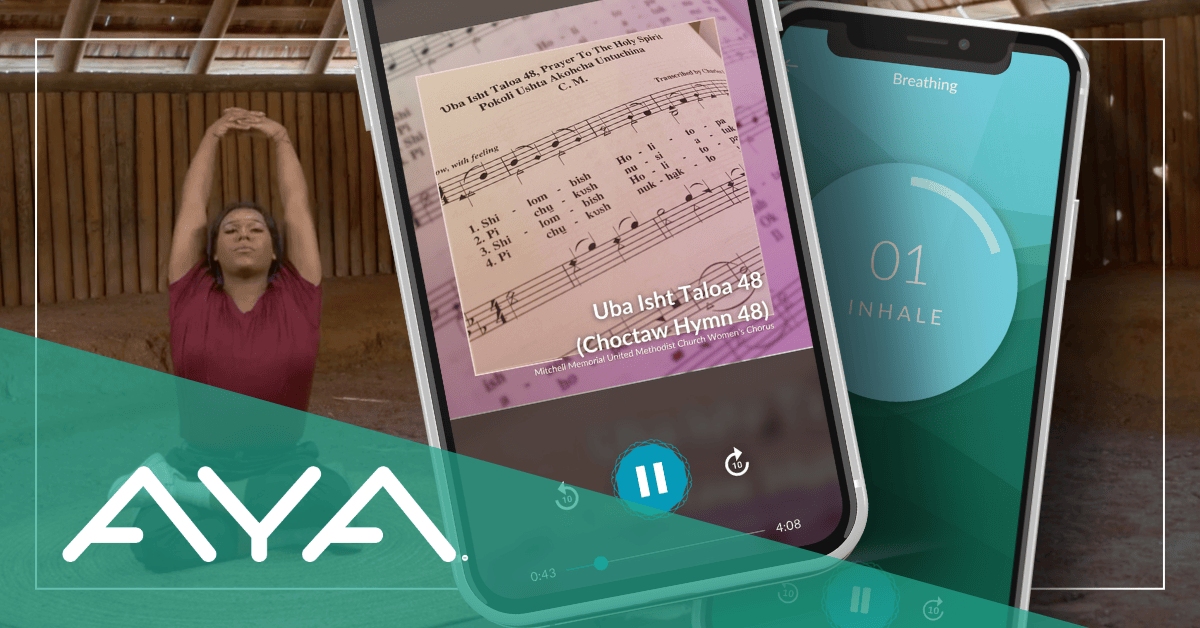
AYA Launches New Mindfulness Feature We are excited to announce that AYA Walk is launching a new mindfulness feature in May! Now, on top of counting...
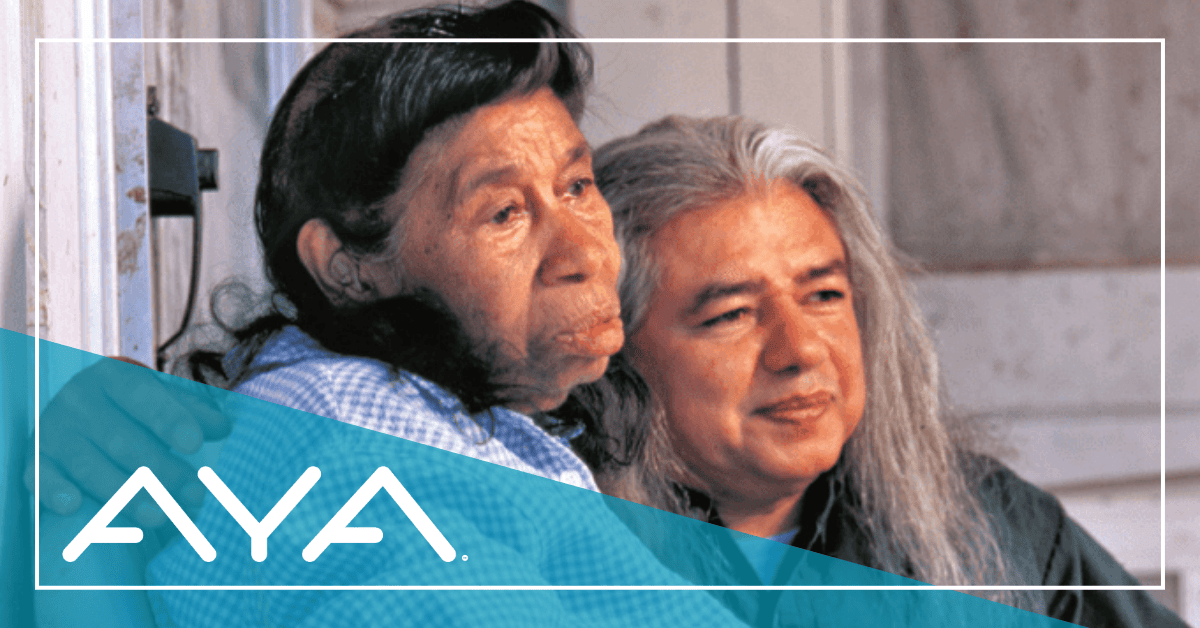
Emily Shon-she Johnson Dickerson was the last known person who spoke only Chickasaw. With Dickerson’s passing in December 2013, fewer than 100...
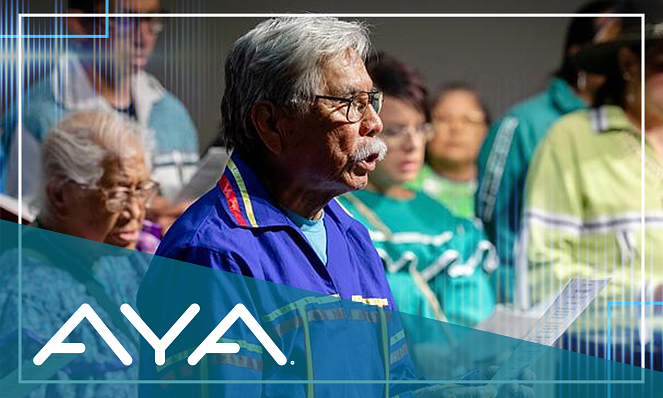
AYA Is a Time Capsule Preserving Two of the Chickasaw Nation’s Treasures: Chickasaw Elders and Chickasaw Language.